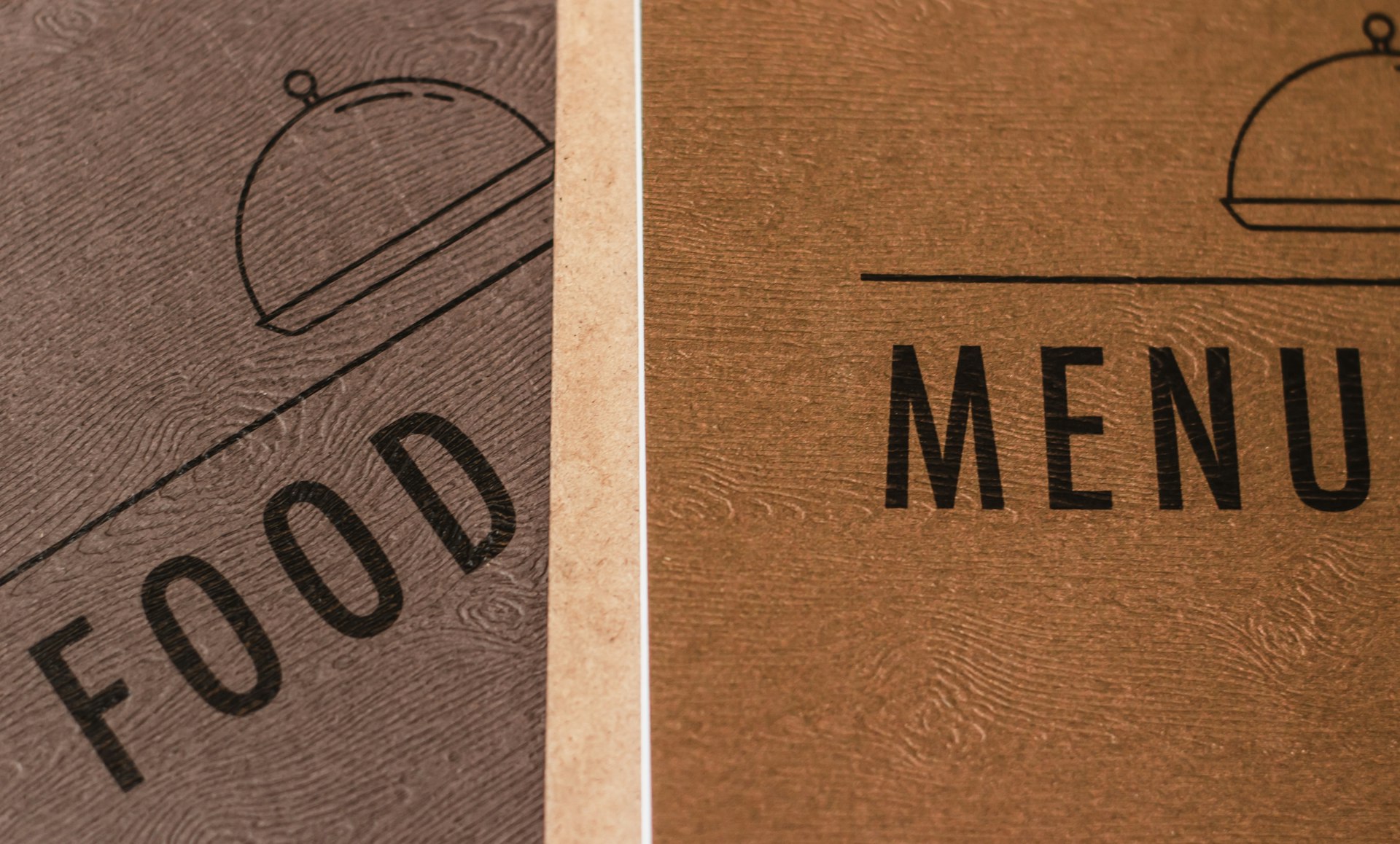How to Create Meaningful Family Rituals That Last

Photo by Natali Hordiiuk on Unsplash
Introduction: The Power of Family Rituals
Family rituals are intentional, recurring activities that cultivate connection, identity, and a sense of belonging. Whether it’s a nightly bedtime story, a weekly game night, or annual holiday celebrations, these traditions anchor families through both joyful and challenging times. Research shows that families who regularly practice meaningful rituals tend to experience higher levels of emotional closeness, resilience, and overall well-being [1] . This guide delivers actionable strategies and real-world examples to help you craft rituals that reflect your family’s unique values and needs.
Understanding What Makes a Family Ritual Meaningful
Not all routines are rituals. While routines focus on efficiency (like brushing teeth before bed), rituals are imbued with purpose, emotion, and shared meaning. A meaningful ritual:
- Is repeated at regular intervals (daily, weekly, annually)
- Includes symbolic actions or words recognized by everyone involved
- Reflects family values or beliefs
- Fosters a sense of safety, identity, and belonging
Examples include a special goodbye handshake each morning, regular family meals with gratitude sharing, or annual traditions like holiday decorating [3] . The power of a ritual lies in its consistency and the emotional investment of participants.
Step-by-Step Guide to Creating Meaningful Family Rituals
1. Identify Your Family’s Core Values
Start by reflecting on what matters most to your family. Is it kindness, gratitude, spiritual growth, creativity, service, or adventure? Gather family members for a discussion, inviting everyone (including children) to share what makes them feel connected and joyful. This collaborative approach ensures rituals are meaningful to all participants [5] .
2. Start Small and Simple
Focus on small, manageable rituals that can be consistently practiced. Common examples include:
- A special greeting or farewell (“See you later, alligator!”)
- Lighting a candle at mealtime to mark the beginning and end of dinner
- Sharing “roses and thorns” (highs and lows of the day) before bed
Simple practices are easier to maintain and can evolve into cherished traditions over time [5] .
3. Schedule and Safeguard Ritual Time
Consistency is key. Set a regular time for your ritual, whether it’s Sunday night dinners, Friday movie nights, or a monthly family hike. Block out this time on the family calendar and treat it as a non-negotiable commitment. Over time, these moments become anticipated anchors in the week or year [3] .
4. Personalize and Make It Fun
Get creative and tailor rituals to your family’s interests. For example, if your family loves music, start a tradition of singing a favorite song at the end of every meal. If you value service, volunteer together at a local charity monthly. Personal touches-like a unique handshake or a silly holiday celebration (such as National Donut Day)-make rituals memorable [4] .
5. Include All Family Members
Ensure everyone, from toddlers to teens to adults, has a role. Assign tasks, let children help plan, or rotate leadership of the ritual. For example, one child might pick the board game for game night, while another sets the table for a special dinner [1] . Inclusive rituals foster a sense of ownership and belonging.
6. Be Flexible and Reassess Regularly
As your family grows and changes, so will your rituals. Periodically ask if your traditions still feel meaningful, and be open to making adjustments. For example, a bedtime story ritual may become a weekly family book club as children grow older [4] .
Real-Life Examples of Meaningful Family Rituals
To inspire your own rituals, consider these examples drawn from families across the country:
- Weekly Family Night: One family sets aside every Monday evening for a themed activity-board games, cooking together, or watching a movie. This helps maintain communication and strengthens bonds, even amid busy schedules [2] .
- Seasonal Celebrations: Another family celebrates the arrival of each new season with a hike and a picnic, allowing them to connect with nature and mark the passage of time together [3] .
- Special Greetings: A parent and child share a secret handshake every morning, creating a joyful, affirming ritual that signals belonging [1] .
- Service Projects: Some families volunteer monthly at a local food bank or animal shelter, teaching children the value of giving back [4] .
- Spiritual Practices: Families who value spirituality may choose to pray, read sacred texts, or hold family devotionals together, grounding their ritual in shared beliefs [2] .
Addressing Challenges and Finding Solutions
Creating and maintaining rituals is not without obstacles. Busy schedules, changing family dynamics, and differing interests can interfere. To overcome these barriers:
- Start with one simple ritual rather than several at once
- Let rituals evolve if they stop bringing joy or connection
- Encourage input and flexibility-sometimes a spontaneous change (like moving movie night to a park) can become a new tradition
- Use reminders and visual cues (calendars, sticky notes) to keep rituals top-of-mind
Remember, the goal is connection, not perfection. Missing a week or needing to adapt does not diminish the value of your rituals [5] .
Alternative Approaches and Additional Ideas
No two families are alike. If traditional rituals don’t resonate, consider alternatives such as:
- Rotating who plans the ritual each week or month for variety
- Combining physical activity with togetherness, such as family walks or sports
- Marking milestones with personal letters, scrapbooks, or video diaries
- Adapting rituals for blended or non-traditional families by honoring multiple backgrounds and traditions
For more inspiration, you can search for family ritual ideas in parenting books, consult a family therapist, or join online communities where families share their traditions and stories.

Photo by Tyson on Unsplash
How to Access Support and Resources
If you want to learn more about creating meaningful rituals or need help adapting rituals for your family’s circumstances, consider the following steps:
- Contact a licensed family therapist or counselor for guidance on strengthening family bonds
- Search for local parenting workshops or support groups using your city or region plus the phrase “family connection” or “parenting support”
- Explore books on family traditions at your local library or bookstore
- Look for community centers that offer family-oriented activities or classes
While there are many online resources, always ensure advice comes from reputable sources such as established parenting organizations, academic institutions, or licensed professionals.
Key Takeaways
Building meaningful family rituals is a rewarding journey that enhances connection, creates memories, and cultivates a legacy of belonging. Start with your family’s values, keep it simple, and allow your traditions to evolve over time. With patience, creativity, and commitment, your rituals will become cherished cornerstones of family life.
References
- Big Life Journal (2021). 41 Family Rituals That Teach Responsibility, Kindness, and Compassion.
- Forever Families, BYU (2022). Creating Meaningful Family Traditions.
- Remento (2023). 28 Fun and Meaningful Family Traditions to Treasure Forever.
- Jest Kept Secret (2022). How to Create Meaningful Family Rituals.
- LEAP School (2023). Simple Family Rituals.



